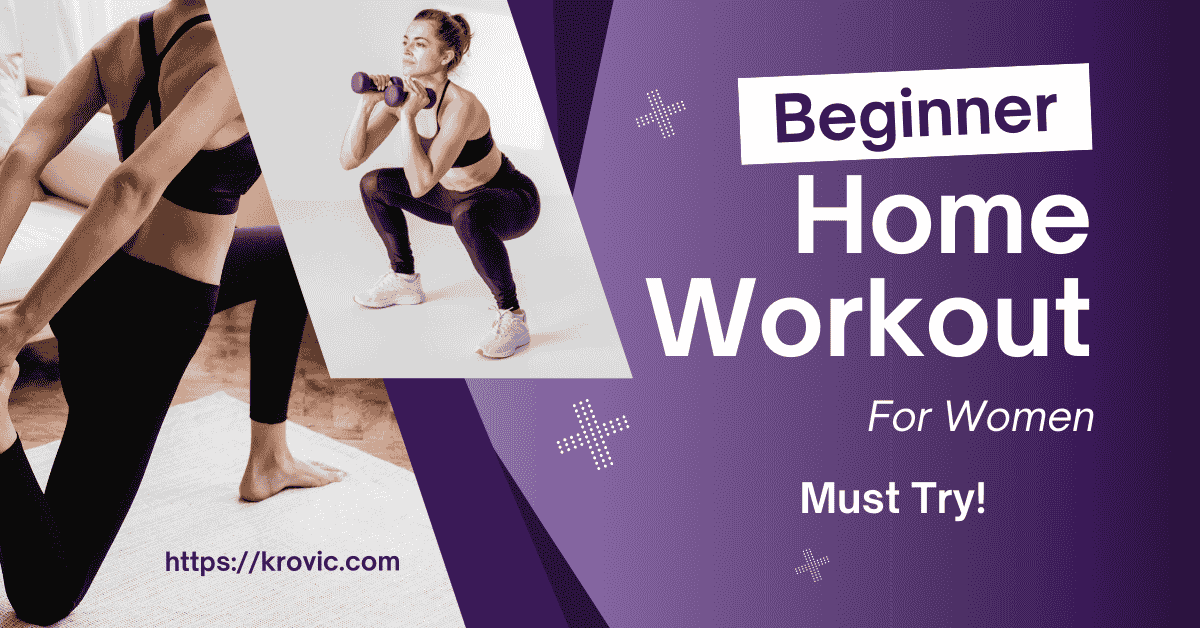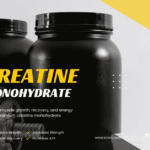Beginning a fitness journey is exhilarating and overwhelming — especially with the endless workout options you find online. For women who are new to exercise or have recently come back after a long break, a guided, beginner-friendly workout plan can be the key to staying consistent in the gym, motivated remember why you started and staying safe throughout your workouts.
This blog is the ultimate beginner’s workout plan for women and includes everything from goal setting and warm-ups to your weekly schedule and tips on how to stick with it!
Why Start Working Out?
But before we get to the nitty-gritty of individual exercises, it helps to understand why working out is so good for us in the first place. Women have many health benefits associated with physical activity:
- Whether it is a complement to your yoga-table posing or an incorporated movement throughout the day, the modern-day slough made leaps and bounds in cardiovascular health in just a few moments.
- Has a mood-boosting effect and helps to counteract stress
- Increases energy levels
- Increases lean muscle and reduces fat
- Promotes strong bones (crucial as we get older)
- Improves sleep quality
They’re not just about looks—they enhance other aspects of your life.
Setting Your Fitness Goals
Before you get started, establish your individual goals. Are you aiming to:
- Lose weight?
- Build strength?
- Improve flexibility?
- Increase endurance?
- Just feel more alive and vibrant?
Having some solid, achievable goals in place helps to form your workout plan and maintain a sense of purpose. For newbies, a realistic goal is to get in 3–4 days of exercise each week for the first month.
Important Elements of a Well-Rounded Beginner Workout Plan
A good workout program is filled with many elements for the overall growth of fitness:
Cardiovascular Exercise
Cardio (such as walking, running, cycling, or dancing) gets your heart beating and also helps with fat loss and endurance. It is also great for mental clarity and mood.
Beginner Tip: Ease into it with 20–30-minute sessions of light cardio 2–3 times per week.
Strength Training
Strength or resistance training is essential for building lean muscle, burning fat and toning your body. Some women stay away from weights because they’re afraid of “bulking up,” but in fact, strength training does the opposite and creates a lean, toned appearance.
Beginner tip: Progress to light dumbbells over time but start with body-weight exercises like squats, lunges and push-ups.
Flexibility and Mobility
Stretching promotes elasticity, reduces injury susceptibility, and helps muscles recover. Yoga or other stretching exercises encourage mental and physical relaxation as well.
Beginner tip: Add about 10-15 minutes of stretching at the end of every workout session.
Core Workouts
Your core is more than just your abs; it is the linchpin of posture, balance and full-body strength. Every routine should include some core exercises.
Beginner tip: Planks, leg raises and seated twists are good places to start.
Beginner Weekly Workout Plan
Below is a sample 4-day beginner routine that you can use:
Day 1: Full Body and Core Strength
- Bodyweight squats – 3 x 12 What You Need To Know Keep the reps relatively high with the weight low to get good range of motion.
- Kneeling on floor or standard push-ups – 3 sets of 10 repetitions
- Dumbbell bent over rows – 3 x 12
- 10.Plank – 3 sets × 30 seconds.
- Bicycle crunches – 3 x 20 reps
- Tip: Rest for 30–60 seconds between sets.
Day 2: Cardio + Stretching
- 30 min walk or jog easy effort
- And end with a 10 minute full body stretch section
- Add hamstring, calf, back, shoulder, and hip stretches.
Tip: When you’re stretching, think about taking deep breaths and relaxing.
Day 3: Lower Body Strength
- Glute bridge – 3 x 15 reps
- Lunges (stationary or walking) 3 sets of 12 per leg
- Calf raises / 3 sets 20 reps
- Side leg raises – 3 x 15 per leg
- Wall sit – 30-45 seconds hold, 3 sets
Tip: If you are sore, make sure to warm at the start of the workout.
Day 4: Lift + Core for Your Upper Body
- Shoulder press with dumbbells – 3 x 12
- Bicep curls – 3 x 12 reps
- Triceps Dips – 3 x 10 reps If you have a bench you can use the Paramount technique.
- Russian twists – 3 x 20 reps
- 4 Plank shoulder taps – 3 sets of 20 reps How to do plank shoulder taps?
Tip: Start light with the weights — form is more important than weight.
Optionally: Add a 5th Day Active Recovery Day
Active recovery is low intensity activity that increases circulation without straining the body. It eases soreness and keeps you moving.
Examples:
- Yoga or Pilates
- 20-minute walk or bike ride
- The seven Joga stretches were followed by foam rolling and deep stretching.
Warm-Up Routine (before each session)
A warm-up prepares your body to move, reducing the risk of injury and enhancing performance. A basic warm-up of about 5 minutes is:
- Marching in place or Jog in place – 1 min
- Arm circles – 30 seconds each way
- Hip circles – 30 sec
- Leg swings – 30 sec each leg
- Jumping jacks – 1 min
Cool Down Routine (After Every Workout)
Cool down: The process of cooling down helps return your body to a resting state, contributes to recovery, and reduces stiffness. A cool down of 5–10 minutes can consist of:
- Light walking – 2 minutes
- Large muscle stretching – 5–7 minutes
- Deep breathing – 1 minute
Tips for Staying Motivated
Sticking with a workout can be a challenge at the beginning. Here’s how to keep going:
- Small Beginnings And Consistency Commit to starting small and remaining consistent.
You don’t have to work out every day. Begin with 3–4 days a week, and add more over time.
- Track Your Progress
Write workouts down in a journal, app or calendar. It’s motivating to see yourself improve.
- Get an Accountability Buddy
Tracking your progress with a workout buddy or community online can help you feel accountable and supported.
- Celebrate Small Wins
How did you perform against your goal this past week? Celebrate it! Positive reinforcement creates habits.
Nutrition Tips for Beginners
Fitness and diet are inseparable. If you don’t fuel your body with the right energy, it won’t recover.
- Consume plenty of protein for muscle recovery (chicken, tofu, beans, eggs)
- 2–3 litres of water/dehydrated hydrate yourself.
- Top up on complex carbs, healthy fats and plenty of colourful veg to balance your meals
- Don’t go on a diet If you are telling yourself right now that you’re going to go on a diet when January rolls around, there’s no need to wait you can start today!
Common Mistakes to Avoid
Here are some things to avoid when beginning a workout plan:
- Not doing warmups or cool downs – You may injure yourself
- Going above and beyond too quickly – Ease in, and don’t push yourself too hard too soon
- Measuring up – Everyone is a beginner at some point
- Disregarding rest days – Just as crucial as training is your recovery
- Concentrating only on shedding weight – Fitness has to do with wellness, strength, as well as self-confidence
Final Thoughts
Beginning a workout routine can be a challenge, but it doesn’t have to be an intimidating one. With the right head space and a simple but regular plan, you’ll start to see and feel the results – physically and mentally. Keep in mind: progress is relative. Don’t rush it.
Be patient, be consistent, and most of all — have fun.


